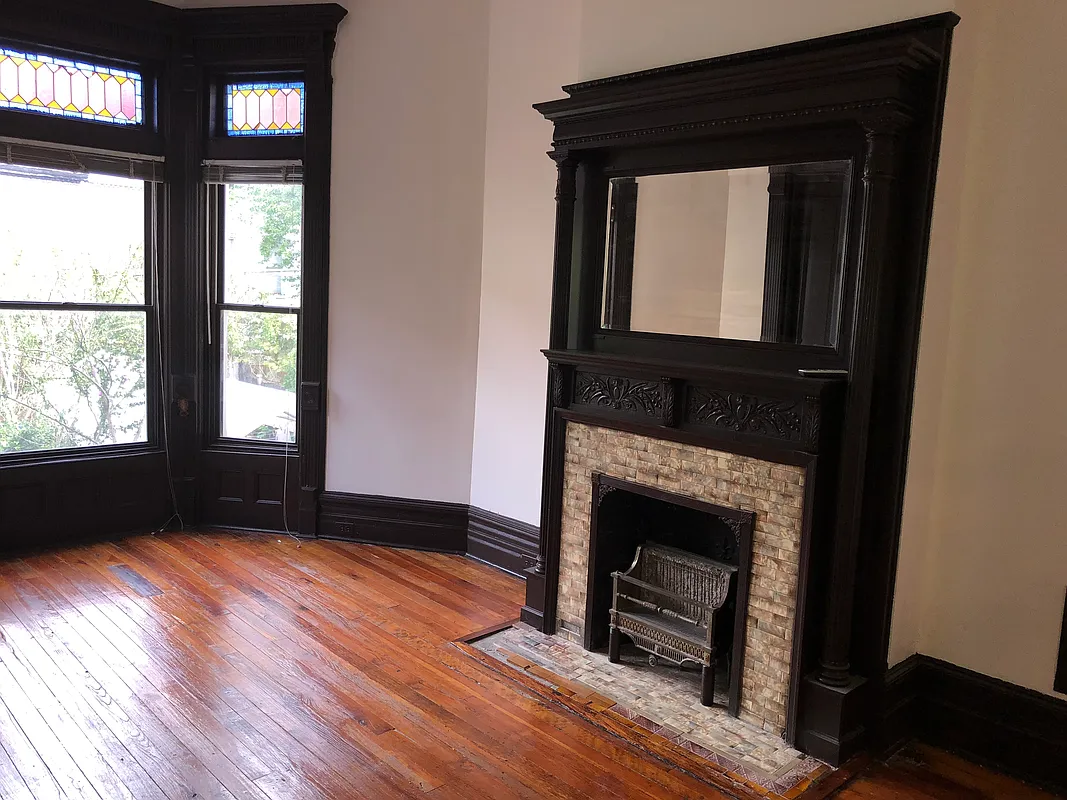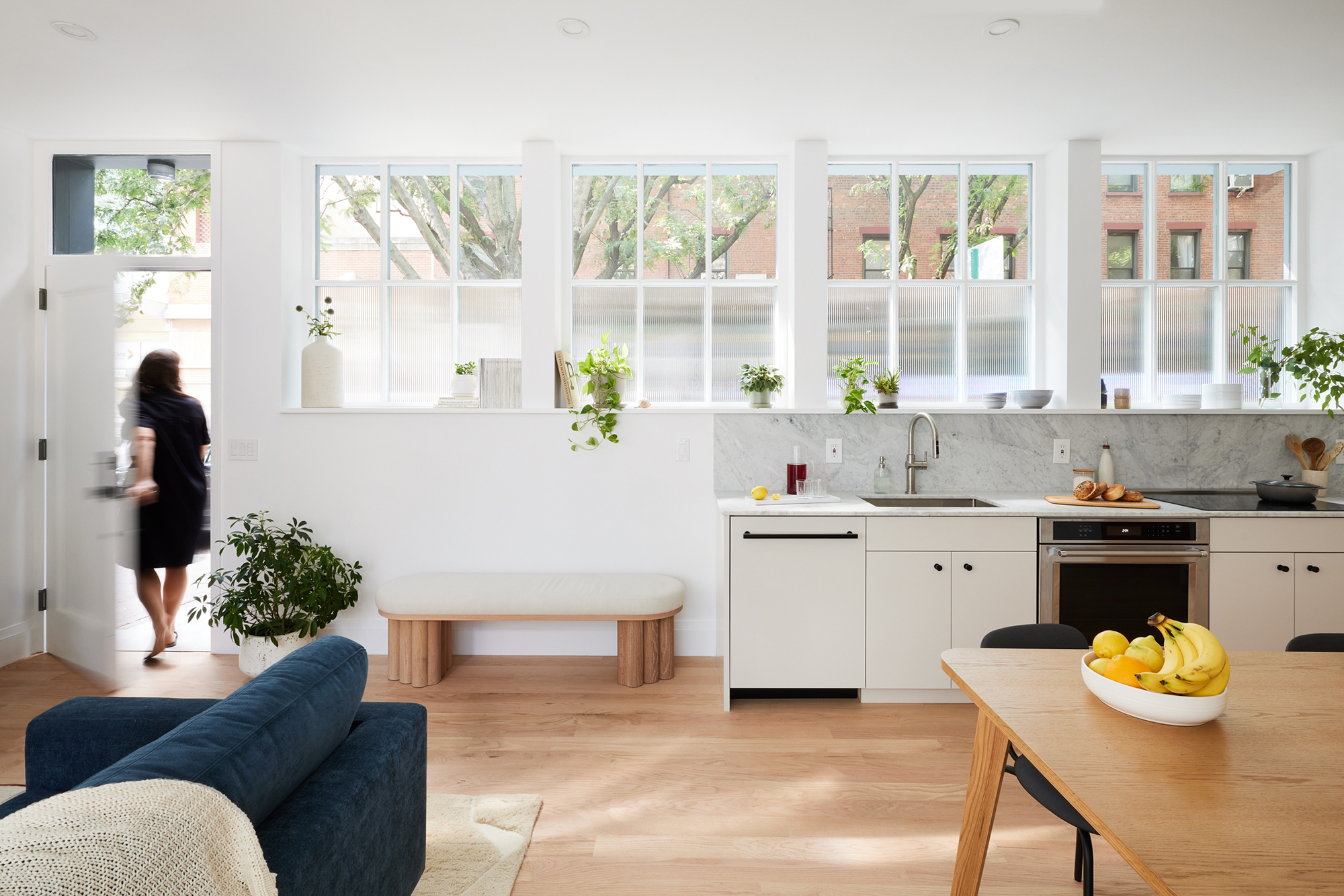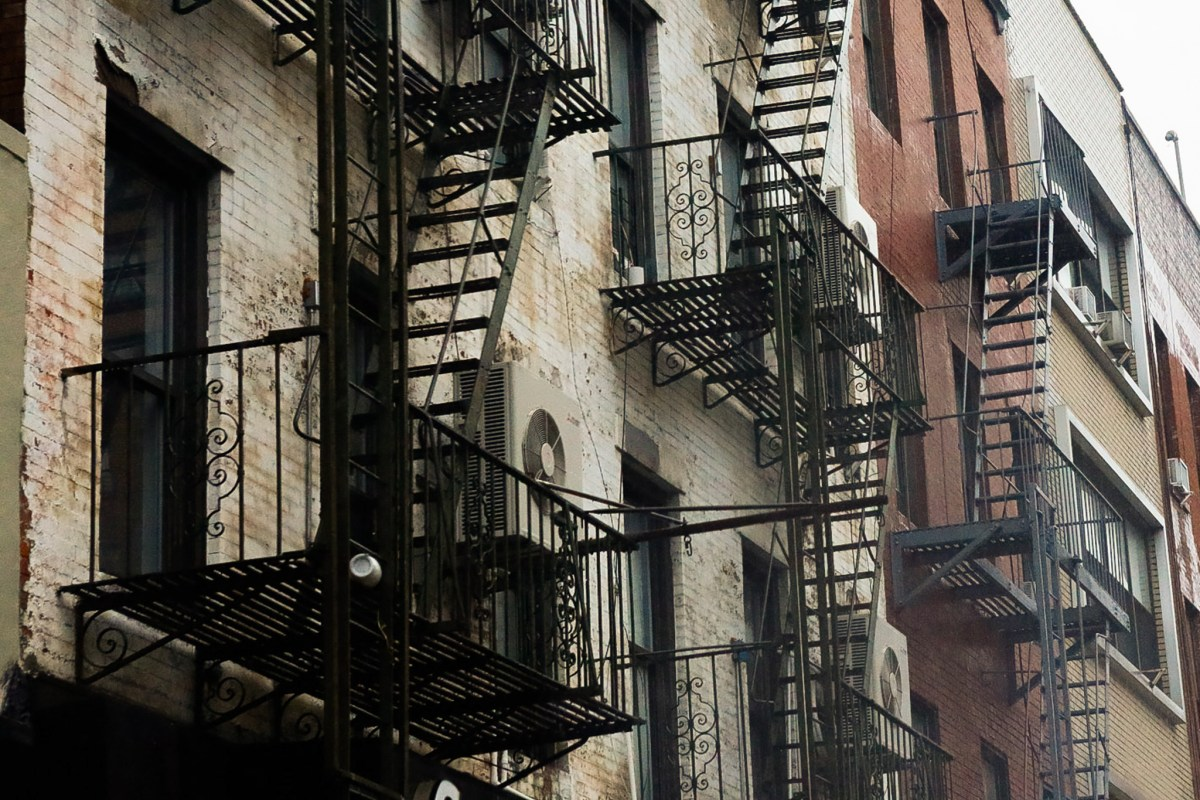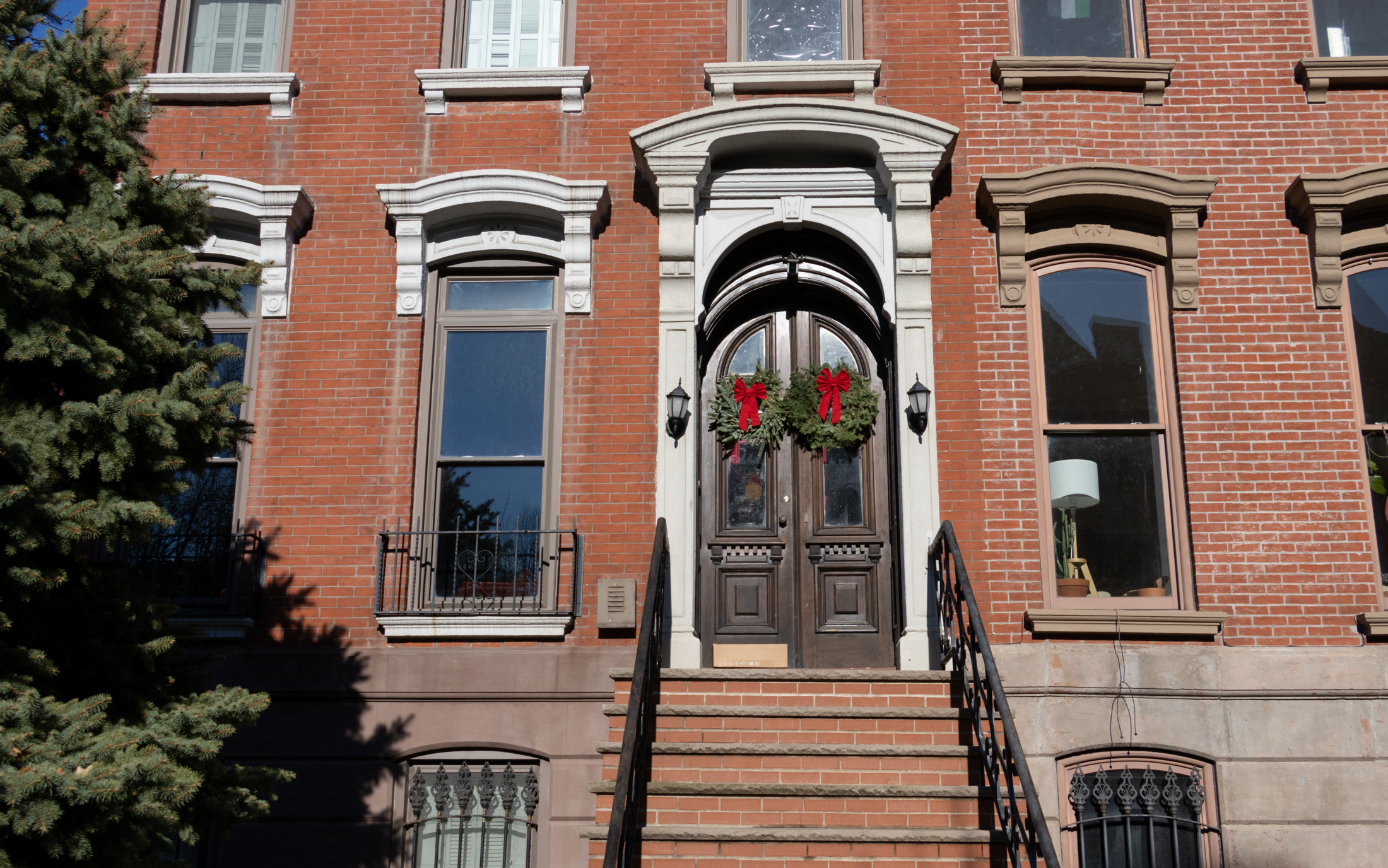Building of the Day: 75 Hicks Street
The BOTD is a no-frills look at interesting structures of all types and from all neighborhoods. There will be old, new, important, forgotten, public, private, good and bad. Whatever strikes our fancy. We hope you enjoy. Address: 75 Hicks Street at Orange St. (Official Address, church building itself is on Orange St.) Name: Plymouth Church…


The BOTD is a no-frills look at interesting structures of all types and from all neighborhoods. There will be old, new, important, forgotten, public, private, good and bad. Whatever strikes our fancy. We hope you enjoy.
Address: 75 Hicks Street at Orange St. (Official Address, church building itself is on Orange St.)
Name: Plymouth Church of the Pilgrims Neighborhood: Brooklyn Heights
Year Built: Church-1849, Parish House and arcade-1914
Architectural Style: Church-Italianate, Parish house-Beaux-Arts influenced Georgian
Architects: Church-Joseph C. Wells. Parish house and arcade-Woodruff Leeming
Landmarked: Yes
It’s BOTD Church Week. Some churches are renowned for their architectural beauty; their soaring spires, stained glass windows, exterior and interior ornament, and some are national treasures because of what transpired inside their perhaps not as impressive seeming walls.
That is certainly the case here. Many of Brooklyn Heights’ citizens were transplanted New Englanders. They founded Plymouth Church in 1847, in the Congregational manner, with a simple building, and a simple order of worship.
The first Plymouth Church was a block away, on Cranberry St, but when it was damaged in a fire, their founding preacher, Henry Ward Beecher, had a new church in plain brownstone built behind it, on Orange St. The architect, Joseph Wells, was a respected church architect, but he deferred to Beecher who actually designed the interior.

This was to be a preaching auditorium, and Henry Ward Beecher was filling the pews with his passionate abolitionist oratory. This would be the first “theatre plan” church, and can seat 2,800 people. Beecher was so good, he filled the church to overflowing every Sunday, thundering his opposition to slavery, raising money for abolitionist causes, and helping escaped slaves on their way to freedom along the Underground Railroad.
He invited influential speakers here, including Frederick Douglass, Sojourner Truth and William Lloyd Garrison. Beecher was also the first to assemble what is now a staple in every American church, a hymnal. The Plymouth Collection, first published in 1855, was the first church hymnal to have words and music on the same page.
Henry Ward Beecher would remain pastor here until his death in 1887, one of the most influential men of the 19th century. In addition to its ground breaking seating arrangement, the church is known for its stained glass.

It is the repository of some of the finest work of two of the giants of American stained glass: Frederick Lamb and Louis Comfort Tiffany. The Lamb glass was made for this church. When the Church of the Pilgrims, another Heights church, merged with Plymouth, they brought their Tiffany windows with them.
The large parish house and adjoining arcade, which forms an interior garden between the church and parish house, was designed in 1914 by Woodruff Leeming, who worked with Heinz and LaFarge on the Cathedral of St. John the Divine.

Plymouth Church merged with The Church of the Pilgrims, the first Congregational Church in Brooklyn, formerly on the corner of Henry and Remsen, in 1934. That Richard Upjohn church still stands, and today is the Our Lady of Lebanon Maronite Catholic Church.


[Photos by Suzanne Spellen]





I see twinkling recessed lighting! Do you think it is God’s will?
You are the expert.
I insist, no major renovation. The carpet was all. The pew painting I’m not sure of the extent other than a lot of touchups but still, hardly “an extensive renovation.” I think you witnessed the new roof being put in.
OK, i-j, you’re the expert.
When I was worshiping there 4-6 years ago we didn’t meet in the sanctuary because it was being restored. When I walked in there, pews were being repaired/repainted, stained glass was being worked on, it looked like a pretty big job. Two years.
(actually it wasn’t a two year job, it was lack of funding)
But whatevs. Wasn’t a restoration, just new carpet. I’m not going to bother posting links to NYT articles mentioning the restoration in passing as they obviously didn’t fact check it with you.
The Sanctuary is 57 Orange St.
“Would you call that an auditorium or a reception room?”
The Sanctuary, where people worship on Sundays. No recent renovation. Unless you count a new carpet 4 years ago.
OK, everybody, time for a poll.
Click on pick #2.
Would you call that an auditorium or a reception room?
😉
Thanks for the clarification/correction i-j.
“The auditorium was recently went through an extensive restoration.”
You mean the main reception room. Thank you.
That’s not 75 Hicks St., technically. That’s the Sanctuary on Orange St.
The hideaways for the escaped slaves are still there.
Lincoln visited twice and his pew is marked from one occasion.
MLK did an early version of the “I Have a Dream” speech here.
The first mega-church.
“Not disobedient to the Heavenly vision.”
This is probably one of the most historically important church buildings in the city. Architecturally, it was a conscious choice to reject 18th century classicism and return to 17th century barn-like simplicity. This was a very wealthy congregation, they could have built anything they wanted but they wanted to show-off by not showing off. They built a simple building with a functional interior that had one focal point: the pulpit from which the Rev. Beecher would hurl his verbal thunderbolts. Its arrangement set the pattern for many future Protestant churches, which adopted the theater seating instead of the more traditional straight rows of pews. There is a lot of history in this complex. National history not just local history. Abraham Lincoln attended services here when in NYC.